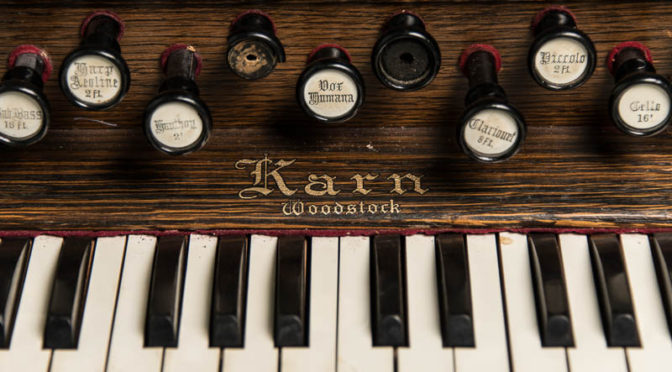Not everything I shoot fits on a table. Pump organs were popular in the 1880s primarily because they were lighter than pianos and could be shipped for far less money. Nevertheless, they are still very heavy. So, when I went to take insurance photographs for a church that owns one, I couldn’t move it to get all sides.
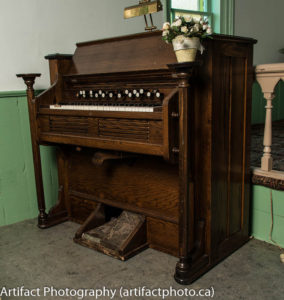
Pump organs, more correctly called reed organs, were manufactured between the 1840s through to the 1930s, peaking in the 1880s.
According to http://www.pumporganrestorations.com, there were 653 pump organ manufacturers in the USA, and a considerable number in Canada as well. The lion’s share were purchased for private homes as “parlor organs.” Others found themselves in small churches, like this one. They were popular because they put out very nice sound without requiring electric power, which even in the 20th century, was an issue in small rural churches.
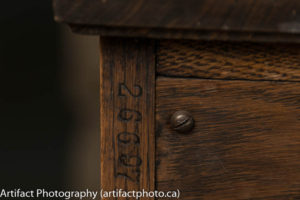
You can figure out the approximate age, based on the serial number. I compared this one’s serial number with others in the Reed Organ Society database and came up with an approximate build date of about 1890/91. The serial number on a pump organ is often stamped on the upper right side, on the back.
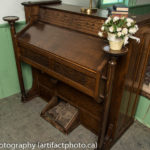
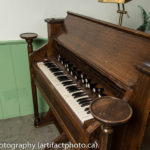
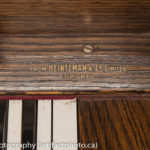
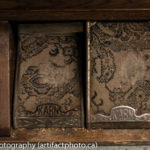
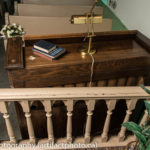
So how do you adequately shoot something you can’t move? In this case, my angles were limited, so I shot an overview from the front, a three quarter view from the right corner, and a right profile shot. I attempted a rear shot, but the sanctuary rail hides most of it. Then I concentrated on getting detail shots of the manufacturer, location of build, keyboard, bellows pedals, and the serial number.
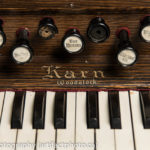
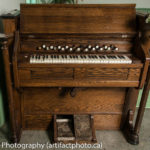
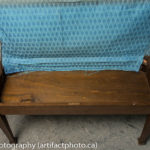
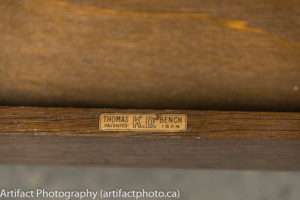
I also photographed the organ bench inside and out. Interestingly, I discovered that it was built by a different manufacturer, much later. Possibly, the original stool was lost and someone found an old organ or piano bench as a substitute. Somewhere along the line, someone upholstered it for comfort.
The power supply in the church was very limited (two prong) so I couldn’t use my studio strobes. I opted for my hot shoe flash on a stand with an umbrella reflector and a remote release. Because I was only using one flash, I positioned it above my camera and to one side or the other (whichever side gave the least amount of shadows on the subject).
In Lightroom, I enabled lens profile corrections, changed exposure as needed, increased the clarity to +40 and the vibrance to +20. That’s pretty much it.
I only had a hour to document everything in the church, so had I more time, I would have at least dusted everything. However, the dust does give that antique look many people like.
This blog is published every Monday at 9:00 am, Eastern Standard Time. If you have comments, questions, or can think of a better approach, feel free to leave a comment. I’ll try to get back to you with a pithy answer.
Feel free to explore the rest of the Artifact Photography (a division of 1350286 Ontario Inc.) website at www.artifactphoto.ca
